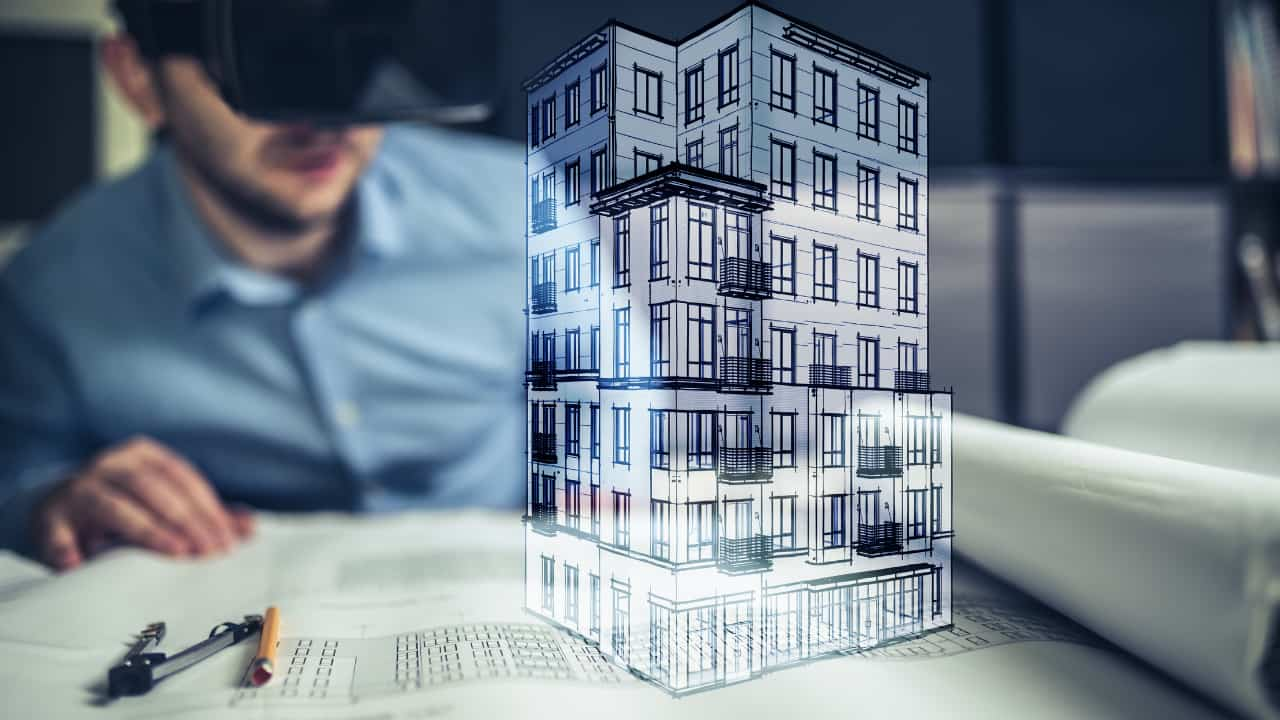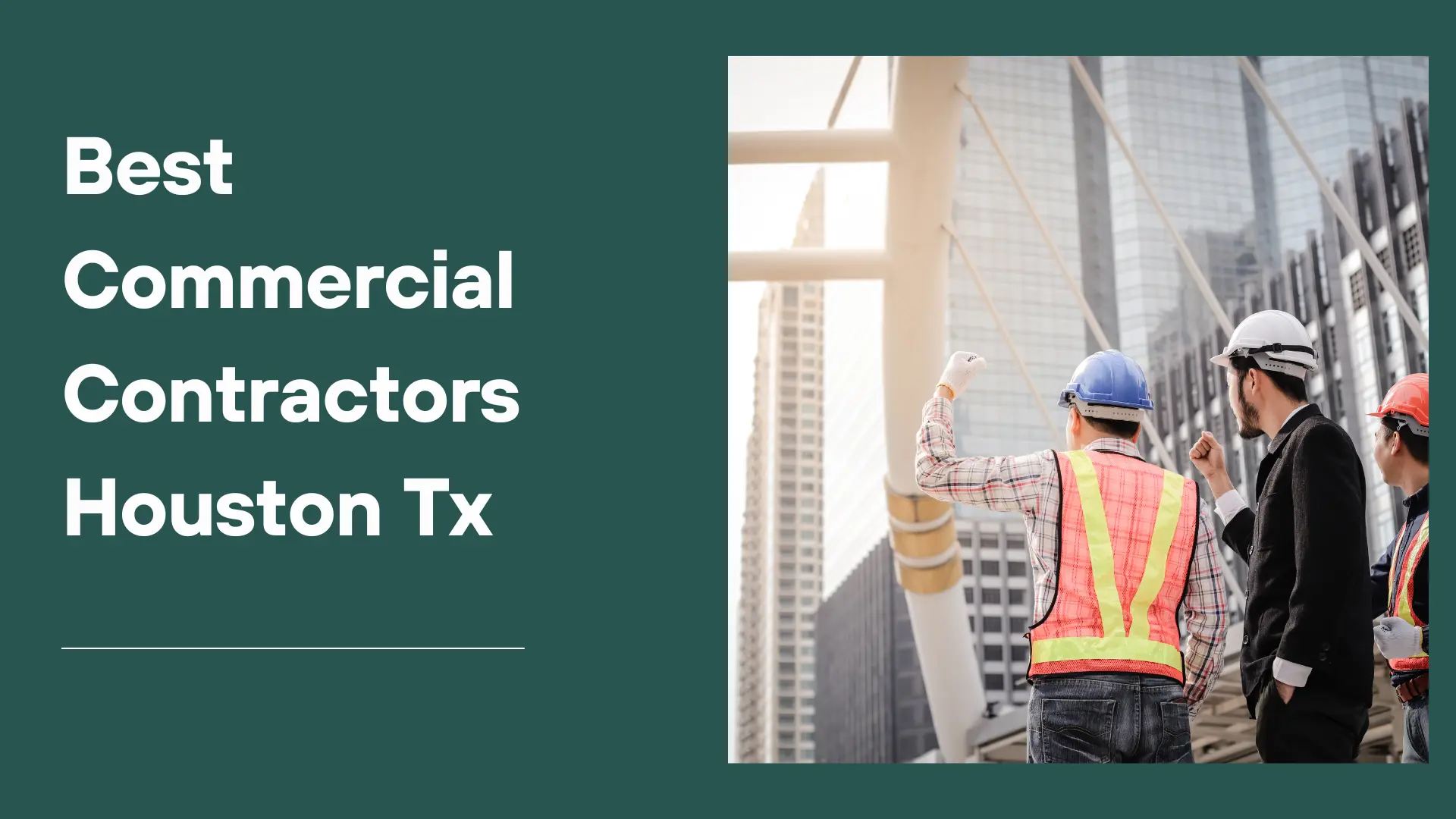Virtual Reality (VR) is revolutionizing the field of architecture by providing innovative tools that enhance design, communication, and project execution. Here are 11 benefits of using VR for architects:
11 Benefits of Virtual Reality for Architects
1. Enhanced Design Visualization
VR enables architects to create and explore 3D models of their designs in a fully immersive environment. This allows for a better understanding of spatial relationships, proportions, and aesthetics, leading to more informed design decisions.
2. Improved Client Communication
VR Training offers a powerful way to communicate design concepts to clients. By allowing clients to virtually walk through a proposed space, architects can provide a clear and tangible representation of their vision, reducing misunderstandings and increasing client satisfaction.
3. Early Detection of Design Flaws
With VR, architects can identify potential design flaws or issues early in the project. This proactive approach helps in making necessary adjustments before construction begins, saving time and reducing costs associated with changes during the build phase.
4. Streamlined Design Iterations
Virtual Reality allows for quick and efficient design iterations. Architects can make real-time adjustments based on client feedback or new insights, enhancing the overall design process and ensuring that the final product meets all requirements.
5. Enhanced Collaboration
VR facilitates better collaboration among project stakeholders, including clients, engineers, and construction teams. A shared virtual environment allows all parties to interact with the design, discuss changes, and make decisions collectively, leading to a more cohesive project outcome.
6. Accurate Project Presentations
Architects can use VR to create realistic and engaging project presentations. These immersive experiences can showcase the design in its intended context, helping clients and stakeholders better understand the project’s potential and scope.
7. Increased Design Accuracy
By using VR, architects can achieve greater design accuracy. The immersive nature of VR helps in identifying and correcting discrepancies in the design, ensuring that the final construction closely matches the original vision.
8. Efficient Space Planning
VR tools allow architects to experiment with different layouts and configurations in a virtual environment. This helps in optimizing space planning and ensuring that the design maximizes functionality and aesthetics.
9. Enhanced Marketing and Sales
Virtual Reality can be a powerful marketing tool for architects. VR walkthroughs and virtual tours can attract potential clients and investors by providing a compelling preview of the design, setting architects apart from their competitors.
10. Better Training and Education
VR Safety Training can be used for training and educating aspiring architects. Virtual environments allow students to explore complex architectural concepts and practice their skills in a safe and controlled setting, leading to a deeper understanding of the field.
11. Sustainable Design Practices
By simulating different design scenarios, VR helps architects to explore and evaluate sustainable design options. This leads to the creation of eco-friendly buildings that are energy-efficient and have a reduced environmental impact.
Conclusion
Virtual Reality is transforming the architecture industry by providing innovative solutions that enhance design, communication, and project execution. From improved client communication and design accuracy to enhanced marketing and sustainable practices, the benefits of VR for architects are vast and varied.
By integrating VR into their workflows, architects can deliver more engaging, accurate, and sustainable designs, ultimately leading to greater client satisfaction and project success.





